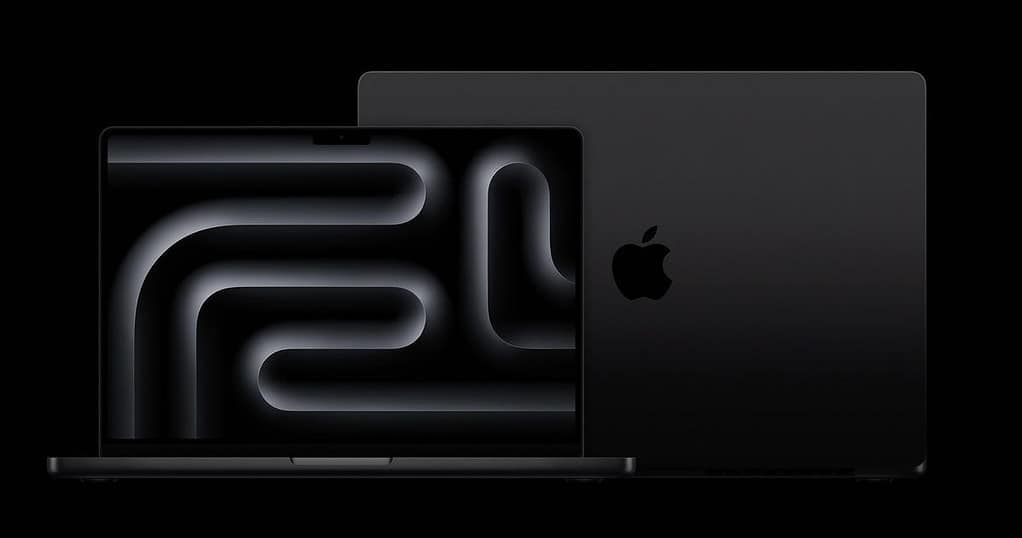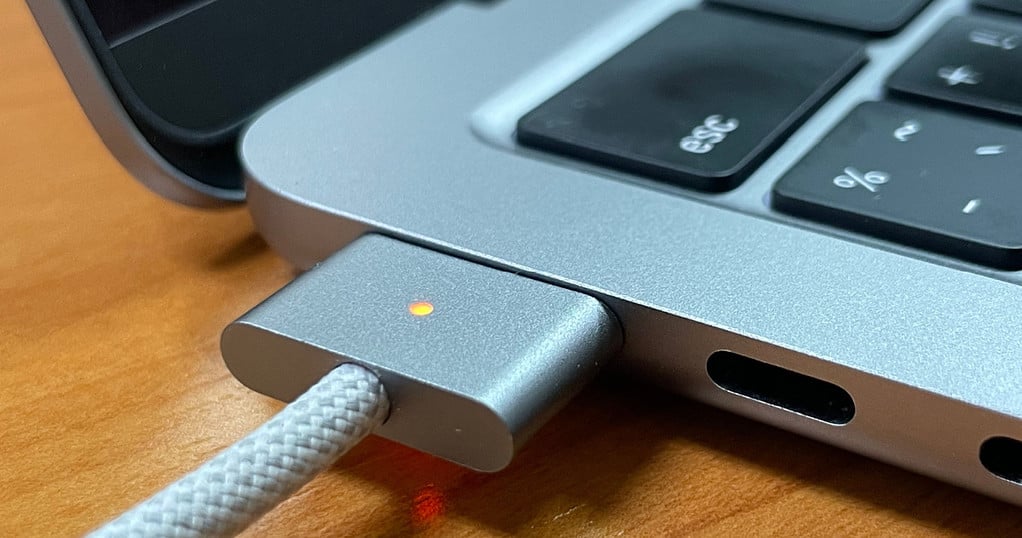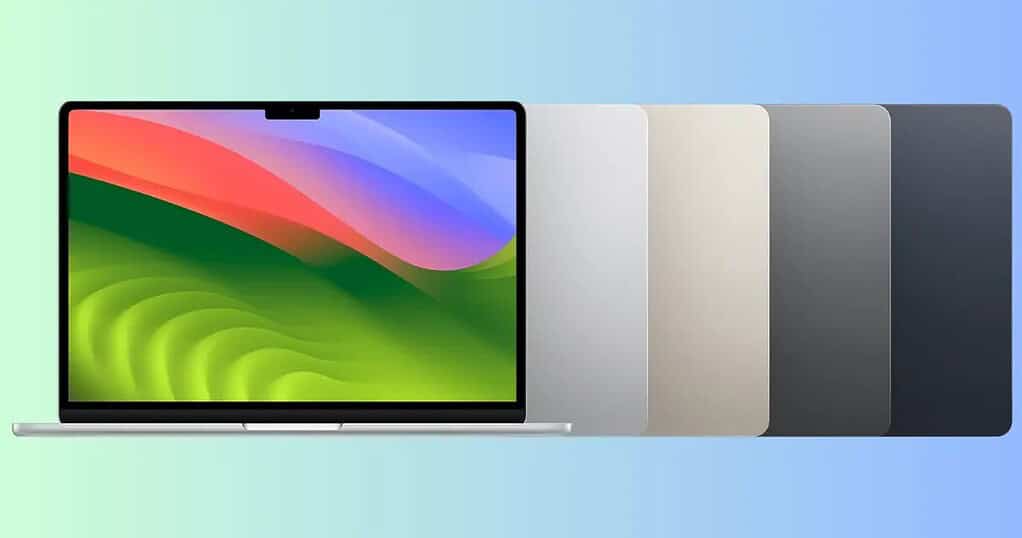If you’re trying to decide between a MacBook Pro and a MacBook Air, one major difference might stand out: the fan. The Pro has one, and the Air doesn’t. But does that actually give the MacBook Pro a real-world edge? We ran tests, compared performance metrics, and broke it all down.
If your workflow involves sustained loads, like 4K video editing, running Xcode builds, or training machine learning models, the MacBook Pro holds up better. It stays cooler and faster for longer. But if you’re using your laptop for browsing, docs, Zoom calls, or occasional Lightroom edits, you won’t see much difference.
What the Fan Actually Does
The MacBook Pro, particularly the 14- and 16-inch models, uses active cooling with built-in fans that activate when the system heats up, allowing it to maintain higher performance without throttling. In contrast, the MacBook Air models (M1, M2, and M3) use passive cooling, relying solely on heat dissipation through the chassis.
As a result, the Pro can sustain demanding tasks for longer periods, while the Air may eventually slow down to manage heat. However, this difference only becomes significant during prolonged, high-intensity workloads.
What We Tested

We ran side-by-side benchmarks using the same M3 chip in both the MacBook Air and the MacBook Pro. This way, the only variable was the fan.
Here’s how we tested performance:
- Cinebench 2024 for CPU stress
- Handbrake to convert 4K video to 1080p
- Xcode 15 to compile a large codebase
All laptops were updated to macOS Sonoma 14.4, with identical background processes, power settings, and battery levels.
Benchmark Results: Fan vs. No Fan
1. Cinebench 2024 (multi-core)
| MacBook Pro (M3) | MacBook Air (M3) |
| 659 | 582 |
 NOTE
NOTE
2. Handbrake (4K Video to 1080p)
| MacBook Pro (M3) | MacBook Air (M3) |
| 5 mins 47 secs | 6 mins 42 secs |
 NOTE
NOTE
3. Xcode
| MacBook Pro (M3) | MacBook Air (M3) |
| 2 mins 12 secs | 2 mins 12 secs |
 NOTE
NOTE
What About Battery Life?

The fan in the MacBook Pro doesn’t hurt battery life. It barely runs unless needed. In day-to-day use, both the Pro and Air lasted about the same in our mixed-use battery test (Wi-Fi browsing, Slack, streaming, Pages, and a few Zoom calls). Each hit 12+ hours.
However, once you start heavy workloads, the Pro becomes more efficient. Because it doesn’t throttle, it finishes tasks faster, meaning less total battery drain per task.
The Fan Isn’t Always Running and That’s a Good Thing
One misconception that some people assume is that the fan in the Pro is always spinning, making noises, and draining the battery. That’s not the case. In our regular usage tests (browsing, writing, and instant messaging), the fan didn’t spin up once. You’ll only hear it when the machine is under real strain.
And when it does run, it’s quiet. Unless you’re pushing the CPU and GPU to the max, you probably won’t hear anything.
Should You Care About the Fan?

You should, but only if you’re doing things that need it.
Ask yourself:
- Are you exporting long videos?
- Working with huge RAW photo libraries?
- Compiling code regularly?
- Training AI models?
- Running Final Cut Pro or Logic Pro for hours?
If yes, the MacBook Pro’s fan gives you sustained performance and keeps temps under control. If not, you’re paying for performance you probably won’t use. The MacBook Air is silent, lighter, and still blazingly fast for almost everything else.
